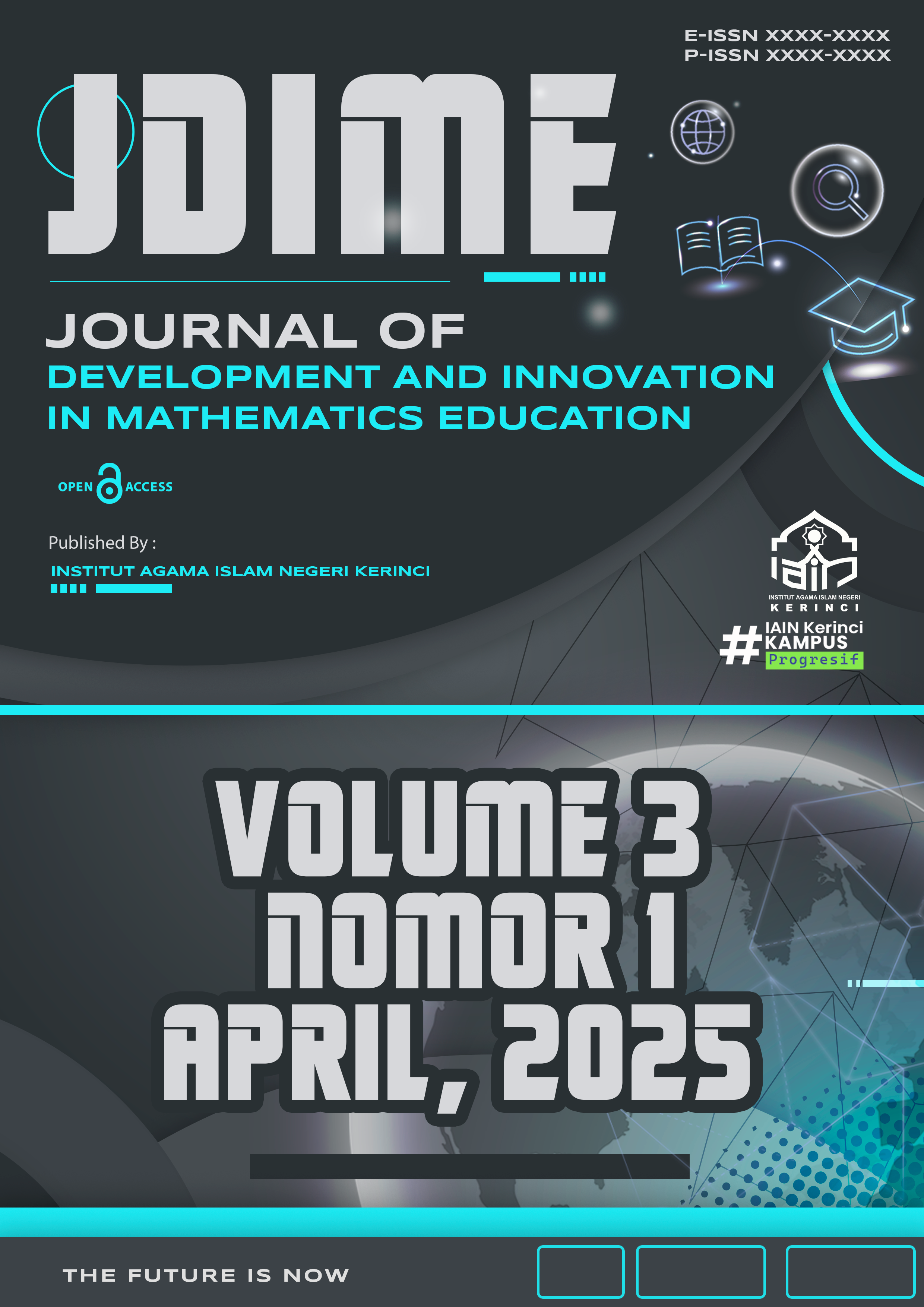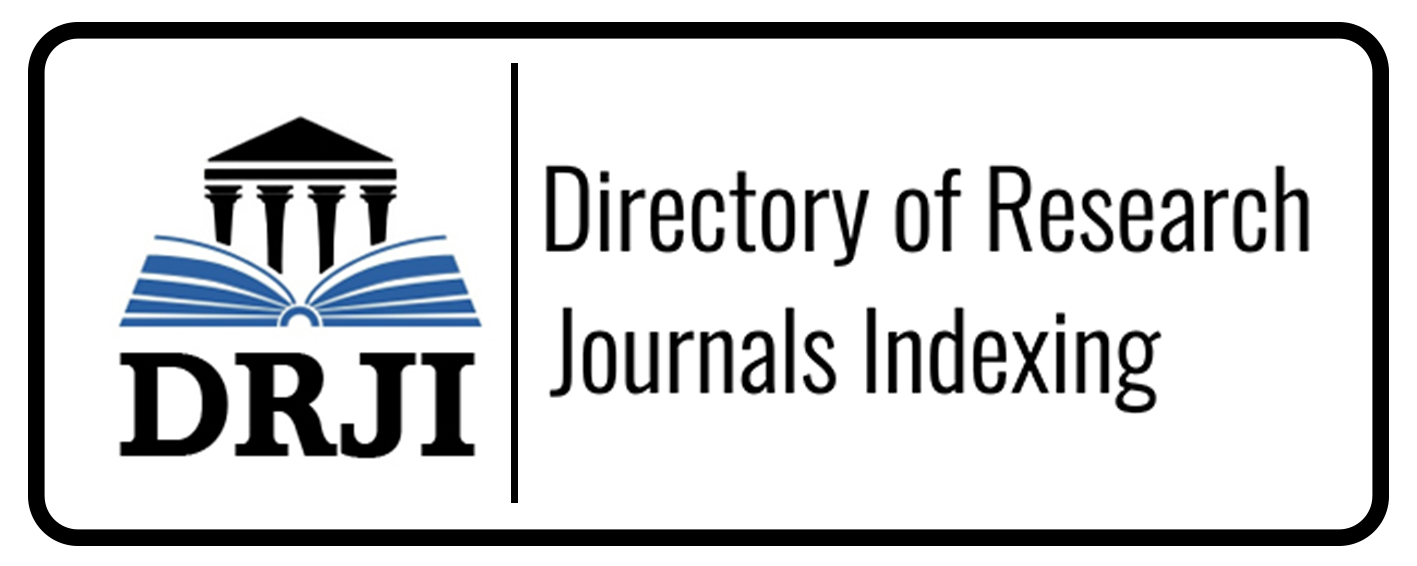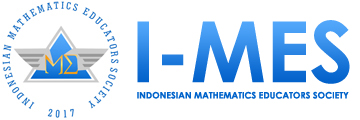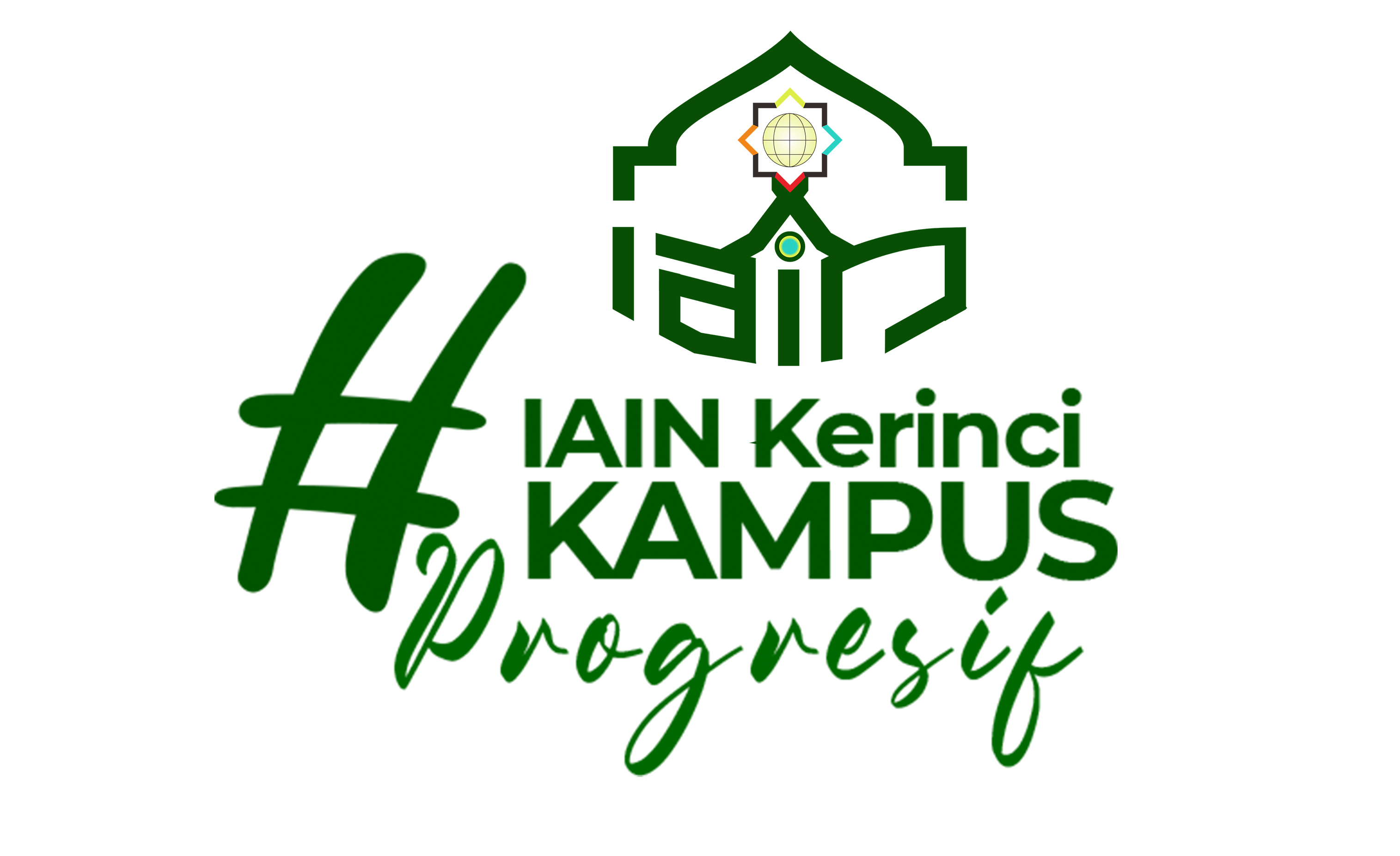Development of the "GeoQuest AR" Educational Game Based on Augmented Reality to Enhance Geometry Concept Understanding in Junior High School Students
Abstract
This study aims to develop and evaluate the effectiveness of an Augmented Reality (AR)-based educational game in enhancing junior high school students' understanding of geometric concepts. Employing the Successive Approximation Model (SAM) as its development framework, the study comprises three main phases: Preparation, Iterative Design, and Iterative Development. The Preparation phase involved needs assessment and problem analysis through surveys and interviews, which revealed that 60% of students experienced difficulties in visualizing geometric shapes. The Iterative Design phase included the development of an initial prototype, tested by ten students and validated by three experts. The validation results indicated high scores in terms of content quality, visual design, and curriculum alignment. While the prototype received positive feedback regarding 3D object visualization, suggestions were made to improve interactivity. In the Iterative Development phase, the final version of the game was refined based on feedback and tested on 60 students using a pre-test and post-test design. Data analysis using a paired sample t-test revealed a statistically significant improvement in students' understanding of geometry, with a notable difference between pre-test and post-test scores (p = 0.032 < 0.05). These findings suggest that AR technology can effectively enhance students’ conceptual understanding and engagement in geometry learning. The study's limitations include a relatively small sample size and a short media usage duration. Future research is recommended to involve a larger sample, extend the intervention period, and further explore aspects of interactivity and media adaptation to individual learner needs for increased effectiveness.
Downloads
References
Alessi, S. M., & Trollip, S. R. (2011). Multimedia for learning: Methods and development (4th ed.). Allyn & Bacon.
Allen, M. W. (2012). Leaving ADDIE for SAM: An agile model for developing the best learning experiences. ASTD Press.
Allen, M. W., & Sites, R. (2012). Leaving ADDIE for SAM field guide: Guidelines and templates for developing the best learning experiences. ASTD Press.
Amin, M. (2019). Penggunaan Augmented Reality dalam pendidikan: Tinjauan dan potensi implementasi. Jurnal Teknologi Pendidikan, 21(1), 45-56. https://doi.org/10.21009/jtp.v21i1.17015
Borg, W. R., & Gall, M. D. (2003). Educational research: An introduction (7th ed.). Pearson Education.
Bowers, A., Davis, A., & Wang, X. (2018). Visualizing mathematics: Representations and applications. Journal of Mathematics Education, 11(2), 45-58. https://doi.org/10.26716/jme.2018.1102.04
Brusilovsky, P., & Millán, E. (2019). Adaptive educational technologies. In J. M. Spector, M. D. Merrill, J. Elen, & M. J. Bishop (Eds.), Handbook of research on educational communications and technology (pp. 425-441). Springer. https://doi.org/10.1007/978-1-4614-3185-5_34
Chen, C., & Liu, Y. (2021). Interactive learning: Enhancing student engagement and achievement. Educational Technology Research and Development, 69(3), 745-764. https://doi.org/10.1007/s11423-021-09960-1
Firmansyah, D., & Widodo, W. (2019). Pengaruh media pembelajaran interaktif terhadap pemahaman konsep matematika. Jurnal Pendidikan Matematika, 7(2), 89-98. https://doi.org/10.21009/jpm.072.05
Hake, R. R. (2019). Interactive-engagement versus traditional methods: A six-thousand-student survey of mechanics test data for introductory physics courses. American Journal of Physics, 66(1), 64-74. https://doi.org/10.1119/1.18809
Hakim, A. R., & Sari, E. (2021). Penggunaan teknologi Augmented Reality dalam pembelajaran: Studi kasus di sekolah dasar. Jurnal Pendidikan Teknologi Informasi dan Komunikasi, 3(2), 111-120. https://doi.org/10.24036/jptik.v3i2.14155
Hakim, L., & Utomo, A. (2020). Pembelajaran geometri di Indonesia: Tinjauan kualitas dan pengaruhnya terhadap hasil belajar. Jurnal Pendidikan Matematika, 8(2), 121-130. https://doi.org/10.21009/jpm.082.06
Huang, R., Spector, J. M., & Yang, J. (2020). Educational technology: The role of interactive learning tools. Journal of Educational Technology & Society, 23(4), 112-127. https://www.jstor.org/stable/26982733
IEA. (2019). TIMSS 2019 International results in mathematics and science. International Association for the Evaluation of Educational Achievement. https://doi.org/10.4135/9781071800855
Istiqomah, I., & Lestari, S. (2019). Analisis kesulitan siswa dalam pembelajaran geometri di sekolah menengah pertama. Jurnal Penelitian dan Pengembangan Pendidikan, 6(3), 185-195. https://doi.org/10.24246/jpdp.v6i3.185-195
Kucuk, S., & Sahin, I. (2022). Validating educational technologies: Criteria and process. Computers & Education, 177, 104347. https://doi.org/10.1016/j.compedu.2022.104347
Li, X., Cheng, K. H., & Tsai, C. C. (2021). Augmented reality in mathematics education: A review of research and applications. Journal of Educational Computing Research, 59(5), 859-883. https://doi.org/10.1177/07356331211028538
Liu, T. C., & Tsai, C. C. (2021). Enhancing learning with augmented reality: A review. Educational Technology Review, 28(1), 55-72. https://doi.org/10.1108/ETR-04-2021-0012
Müller, A., Kroschewski, M., & Schallert, J. (2019). The role of visualization and interactivity in AR learning environments. Journal of Computer Assisted Learning, 35(3), 301-315. https://doi.org/10.1111/jcal.12339
Mullis, I. V. S., Martin, M. O., Foy, P., Kelly, D. L., & Fishbein, B. (2020). TIMSS 2019 International results in mathematics and science. International Association for the Evaluation of Educational Achievement. https://doi.org/10.4135/9781071800855
Nasution, M. Z., & Hasibuan, N. (2020). Pengembangan media pembelajaran berbasis AR untuk meningkatkan minat belajar siswa. Jurnal Inovasi Pembelajaran, 5(3), 157-169. https://doi.org/10.24042/jip.v5i3.1705
OECD. (2019). PISA 2018 Results (Volume I): What students know and can do. OECD Publishing. https://doi.org/10.1787/5f07c754-en
Piaget, J., & Inhelder, B. (2021). The psychology of the child. Basic Books.
Putri, R., & Yulianti, E. (2020). Kendala pembelajaran matematika di sekolah menengah: Sebuah kajian literatur. Jurnal Pendidikan Matematika Indonesia, 8(1), 21-31. https://doi.org/10.21009/jpmi.081.04
Rahmat, A. (2020). Pengaruh penggunaan media pembelajaran terhadap prestasi belajar matematika. Jurnal Pendidikan Matematika dan Sains, 14(2), 107-116. https://doi.org/10.24042/jpms.v14i2.1708
Rizaldi, A., & Zulkifli, Z. (2020). Potensi Augmented Reality dalam meningkatkan keterlibatan siswa pada pembelajaran matematika. Jurnal Pendidikan Teknologi dan Kejuruan, 12(1), 33-42. https://doi.org/10.24042/jptk.v12i1.1709
Siregar, H., & Lubis, L. (2019). Penggunaan Augmented Reality dalam pembelajaran: Studi kasus di sekolah menengah pertama. Jurnal Teknologi Pendidikan, 20(2), 81-92. https://doi.org/10.24042/jtp.v20i2.1710
Sugiyono. (2018). Metode penelitian & pengembangan (Research and development/R&D). Alfabeta.
Susanto, A. (2018). Permasalahan dalam pembelajaran matematika di Indonesia: Tinjauan dan solusi. Jurnal Pendidikan Matematika, 6(1), 77-90. https://doi.org/10.21009/jpm.061.07
Sutrisno, E., & Dewi, S. (2020). Pengaruh penggunaan aplikasi AR dalam pembelajaran geometri terhadap peningkatan pemahaman konsep. Jurnal Pendidikan Teknologi dan Kejuruan, 15(1), 49-58. https://doi.org/10.24042/jptk.v15i1.1712
Ustun, E., Yildirim, Y., & Sahin, I. (2020). Effects of augmented reality on students' mathematics achievement. Journal of Educational Technology Systems, 49(2), 225-243. https://doi.org/10.1177/0047239520961333
Widodo, A., & Prasetyo, W. (2018). Implementasi augmented reality dalam pembelajaran matematika untuk meningkatkan kemampuan spasial siswa. Jurnal Teknologi Pendidikan, 16(2), 96-108. https://doi.org/10.24042/jtp.v16i2.1713
Wijayanti, A. (2021). Tantangan dan peluang dalam pembelajaran matematika di era digital. Jurnal Pendidikan Matematika, 9(2), 153-165. https://doi.org/10.21009/jpm.092.06
Yuliani, T., & Rahman, A. (2021). Pengaruh penggunaan augmented reality terhadap pemahaman konsep matematika siswa. Jurnal Pendidikan Matematika dan Sains, 17(1), 67-79. https://doi.org/10.24042/jpms.v17i1.1714
Copyright (c) 2025 Meta Silvia Gunawan, Nursa Fatri Nofriati, Ulfa Husnah

This work is licensed under a Creative Commons Attribution 4.0 International License.



























 JDIME: Journal of Development and Innovation in Mathematics Education (e-ISSN
JDIME: Journal of Development and Innovation in Mathematics Education (e-ISSN 
